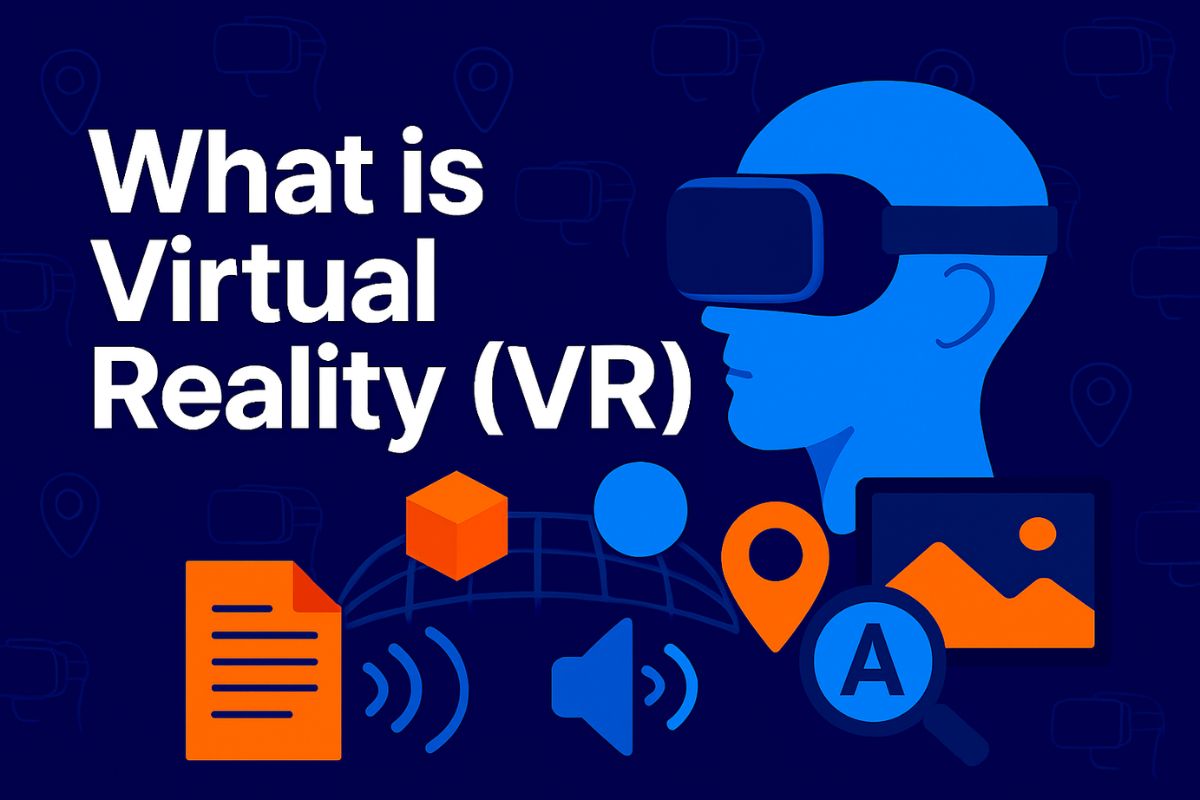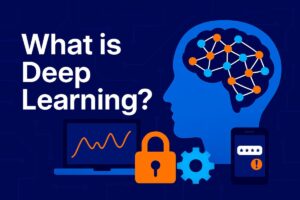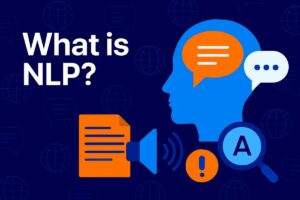Virtual Reality (VR) is a technology that immerses users in a fully digital environment using headsets and controllers. From gaming to education and healthcare, VR is transforming industries globally, including India. This guide covers VR’s working principles, applications, benefits, challenges, career opportunities, and learning resources for 2025.
Imagine stepping into a world where you can explore distant lands, practice surgical procedures, or attend a virtual classroom—all without leaving your room. This is the promise of Virtual Reality (VR), a technology that creates immersive, computer-generated environments that fully engage your senses.
VR is revolutionizing how we learn, work, and entertain ourselves. It has gained tremendous popularity worldwide and is rapidly growing in India, thanks to advances in affordable hardware and software.
We’ll explore what VR is, how it works, how it differs from Augmented Reality (AR), its real-world applications, benefits, challenges, and career prospects.
How Does Virtual Reality Work?
Virtual Reality uses a combination of hardware and software to create an immersive digital experience.
Core Components
- VR Headset: The primary device worn over the eyes that displays stereoscopic 3D images. It tracks head movements to adjust the view in real-time.
- Sensors and Trackers: Devices that detect user movements (head, hands, body) to interact naturally with the VR environment.
- Controllers: Handheld devices or gloves that allow users to manipulate virtual objects.
- Software: VR apps and games create and render the virtual world, respond to user actions, and provide interactive experiences.
VR systems range from fully standalone devices like the Oculus Quest to PC-tethered setups requiring high-performance computers.
VR vs AR: Key Differences
| Feature | Virtual Reality (VR) | Augmented Reality (AR) |
|---|---|---|
| Immersion Level | Fully immersive digital environment | Overlay of digital elements on the real world |
| Hardware Requirements | VR headsets, controllers, powerful computers | Smartphones, tablets, AR glasses |
| User Interaction | Fully virtual interaction | Interaction with both real and virtual elements |
| Typical Use Cases | Gaming, training simulations, virtual meetings | Retail try-ons, navigation, education |
While VR transports you completely to a digital world, AR enhances your real surroundings with digital information.
Applications of VR
Global Use Cases
- Gaming and Entertainment: VR offers fully immersive games, virtual concerts, and cinema experiences.
- Education: Virtual classrooms and labs allow interactive, experiential learning.
- Healthcare: VR supports surgical training, phobia treatment, and physical therapy.
- Real Estate: Virtual property tours let buyers explore homes remotely.
India-Specific Use Cases
| Sector | Example & Description |
|---|---|
| Skill Development | VR-based vocational training for industries like manufacturing and healthcare. |
| Cultural Tourism | Virtual tours of Indian heritage sites preserving and promoting culture. |
| E-commerce | Virtual try-before-you-buy experiences reducing product returns. |
| Education | VR adoption in Indian schools and colleges for science and technical courses. |
Benefits of VR
- Immersive Learning: VR provides hands-on practice in safe virtual environments.
- Remote Collaboration: Virtual meetings and teamwork regardless of location.
- Enhanced Entertainment: Rich, interactive media experiences.
- Accessibility: VR can simulate real-world scenarios for people with disabilities.
Challenges of VR
| Challenge | Description |
|---|---|
| Hardware Cost | High-quality VR devices can be expensive for individuals and schools. |
| Motion Sickness | Some users experience nausea or discomfort during VR use. |
| Content Availability | Limited variety of quality VR applications and educational content. |
| Physical Space | Users need safe, open areas to move while wearing VR gear. |
Popular VR Devices and Platforms (2025)
| Device/Platform | Type | Key Features | Price Range (USD) | Popularity |
|---|---|---|---|---|
| Oculus Quest 2 | Standalone VR | Wireless, inside-out tracking | $299 | Most popular |
| HTC Vive Pro 2 | PC-tethered VR | High resolution, precise tracking | $799 | Enthusiasts |
| PlayStation VR | Console VR | Compatible with PS4/PS5 | $399 | Console gamers |
| Valve Index | PC-tethered VR | High fidelity visuals and audio | $999 | Pros and developers |
Career Opportunities in VR
- VR Developer: Designing immersive VR applications using Unity, Unreal Engine.
- 3D Artist/Animator: Creating virtual objects, environments, and animations.
- UX Designer: Crafting intuitive VR interfaces and experiences.
- VR Content Creator: Producing engaging VR storytelling and marketing content.
- Product Manager: Overseeing VR project development and launches.
Salary Insights
| Role | Avg Salary in India (₹/year) | Avg Salary Globally (USD/year) |
|---|---|---|
| VR Developer | ₹6–14 LPA | $80K–130K |
| 3D Artist | ₹4–9 LPA | $50K–95K |
| UX Designer | ₹5–12 LPA | $70K–115K |
| Product Manager | ₹10–20 LPA | $100K–160K |
How to Learn Virtual Reality
Recommended Skills
- Programming: C#, C++, Python
- Platforms: Unity3D, Unreal Engine, Oculus SDK, SteamVR
- 3D Modeling: Blender, Maya
- Understanding of 3D graphics and spatial computing
Learning Resources
- Courses:
- Coursera – Virtual Reality Specialization
- Udemy – Complete VR Development Course
- edX – Introduction to VR
- Hands-on Practice:
- Build simple VR environments in Unity
- Join VR developer forums and hackathons
FAQs
1. What is Virtual Reality?
VR is a technology that creates immersive, computer-generated environments that users can interact with via headsets and controllers.
2. How does VR differ from AR?
VR creates a fully virtual world, while AR overlays digital elements onto the real world.
3. What devices are used for VR?
Popular VR devices include Oculus Quest, HTC Vive, PlayStation VR, and Valve Index.
4. Is VR used in Indian education?
Yes, VR is increasingly adopted for immersive learning and skill development in India.
5. What skills are needed for a VR career?
Programming, 3D design, and experience with VR development platforms are key skills.
6. Are there health concerns with VR?
Some users may experience motion sickness or eye strain during prolonged use.
7. What does the future hold for VR?
VR is expected to expand into healthcare, education, remote work, and entertainment sectors.



